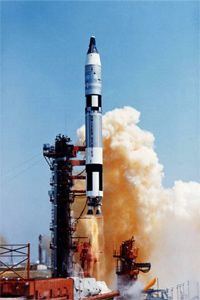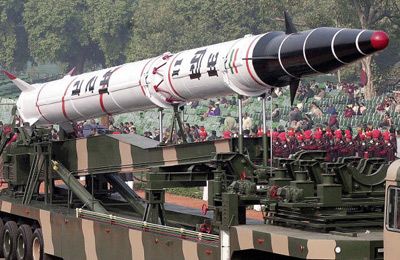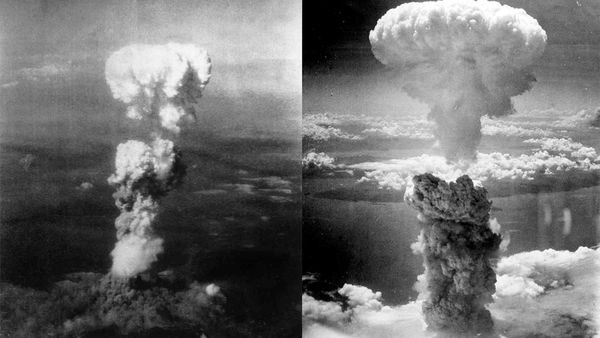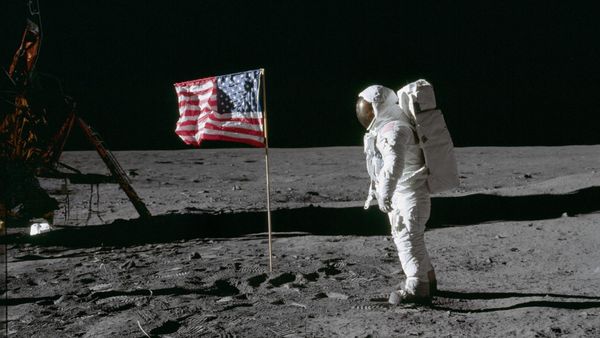In the decades leading up to U.S. President Ronald Reagan's first term in office, the United States and the former Soviet Union kept the peace essentially by guaranteeing to wipe each other off the face of the planet if either country launched a nuclear strike. Policymakers referred to this approach as the doctrine of Mutually Assured Destruction (MAD), and while Reagan was quick to acknowledge its apparent effectiveness, he found it both morally and politically distasteful [source: Lettow]. In March of 1983, Reagan announced a new tactic: playing defense.
Reagan envisioned a comprehensive defense system capable of destroying the Soviet Union's fleet of intercontinental ballistic missiles (ICBMs) long before they could whiz from one continent to another and reach their U.S. targets. Such a system would neutralize the Soviet Union's greatest threat to the United States and turn the MAD doctrine on its head, too. Predictably, the Soviets weren't pleased, but Reagan's plan had plenty of detractors at home as well.
Advertisement
Congress and the press derided the president's initiative as unrealistic and irresponsible, claiming that, even if the U.S. were able to develop such an ambitious defense system, it might trigger a new phase of the arms race with the Soviet Union. It didn't help that, in order for Reagan's missile defense system to work, it would have to destroy Soviet missiles as they orbited the Earth -- an incredibly difficult task that would require putting weapons in space -- earning Reagan's initiative the name "Star Wars." (In case you're wondering, the Missile Defense Agency traces the origin of the nickname to a quote by the late U.S. Senator Ted Kennedy that appeared in the Washington Post [source: Lang].)
In response to the backlash, the Reagan administration unsuccessfully encouraged the press to adopt the program's formal name, the Strategic Defense Initiative (SDI) while reminding the public that developing the defense system could take years, even decades. Reagan also insisted that if a successful defense against nuclear weapons existed, there would be no need for nuclear weapons in the first place. After all, why waste money building and maintaining a mountain of missiles if they would only be destroyed the minute they were launched?
In the end, however, SDI couldn't escape the mountains of criticism coming from Washington, U.S. allies and the Soviet Union. That criticism, along with the incredible technical hurdles implicit in the development of a functioning, affordable and reliable nuclear defense system, kept everyone wondering if SDI was a huge waste of money or, even worse, a dangerous program capable of escalating tensions and inciting war.
Read on to learn why SDI was bound to fail regardless of whether the initiative was technically feasible or not.
Advertisement




